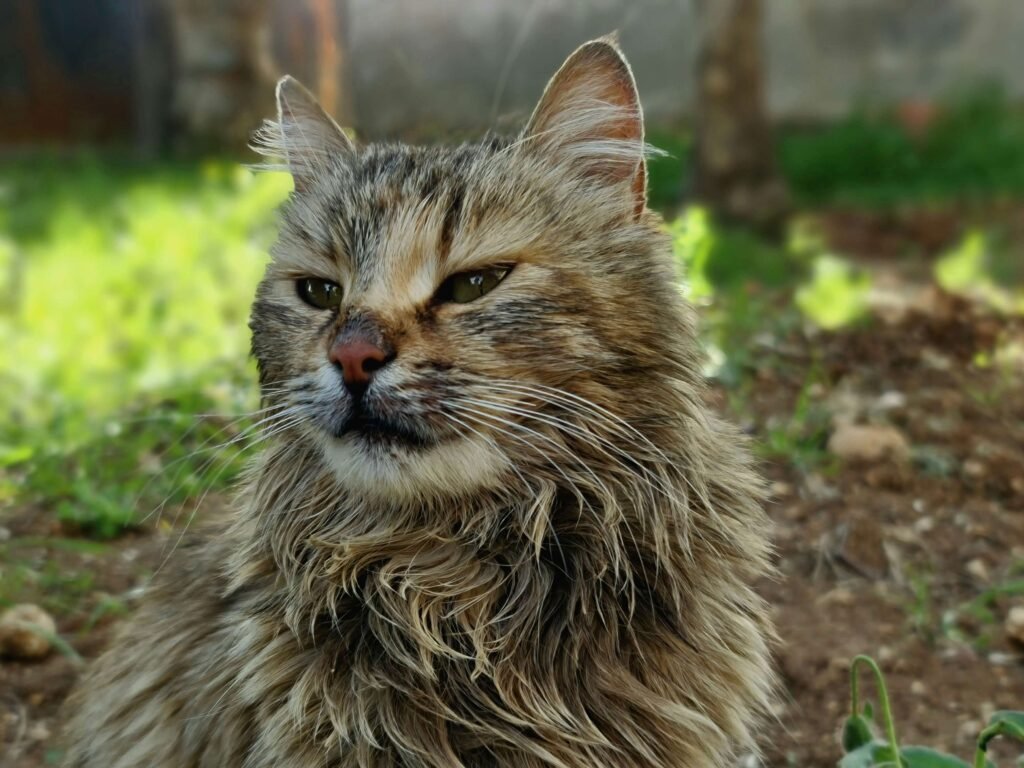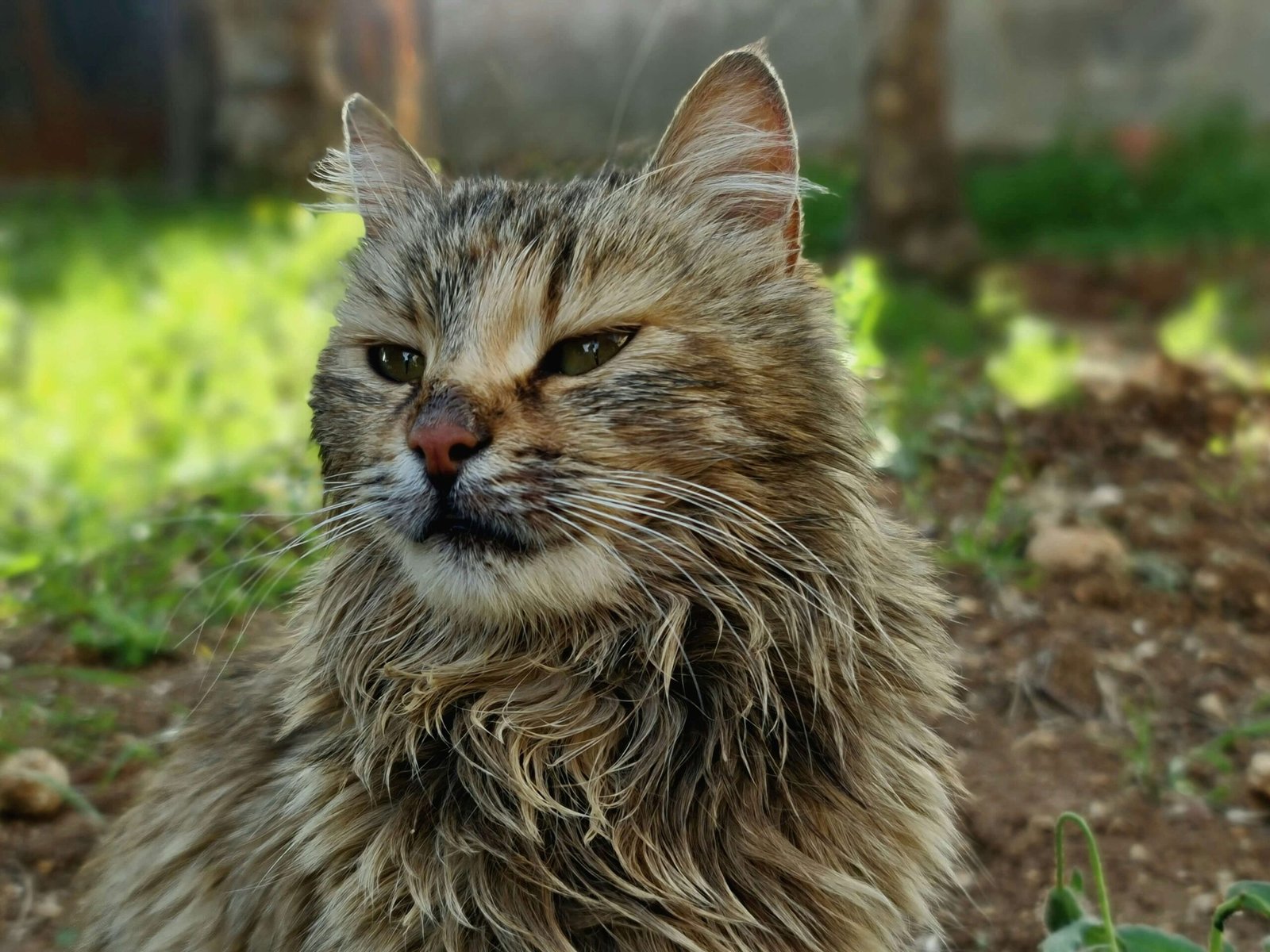Are You Supposed to Trim Cat Whiskers? What Every Cat Owner Needs to Know
Cat whiskers are fascinating, delicate structures that serve a vital purpose in your feline friend’s daily life. These long, sturdy hairs are more than just aesthetic features—they’re sensory tools that help cats navigate their environment and interact with the world around them. However, some pet owners mistakenly believe that trimming cat whiskers is part of routine grooming. But is this practice safe or even necessary? In this blog post, we’ll explore the function of cat whiskers, why trimming them can be harmful, and how to care for your cat’s whiskers properly. By understanding their importance, you can ensure your cat remains happy, healthy, and confident.
The Function of Cat Whiskers
Cat whiskers are far more than just facial hair—they play a critical role in your cat’s ability to perceive the world. Here’s what they do:
Sensory Perception
Whiskers are highly sensitive tactile hairs that detect changes in the environment, such as air currents or nearby objects.Spatial Awareness
Cats use their whiskers to gauge whether they can fit through tight spaces, preventing them from getting stuck.Nighttime Navigation
Whiskers help cats “see” in the dark by detecting obstacles and movements, even in low-light conditions.Mood Indicators
The position of a cat’s whiskers can reflect their mood—relaxed whiskers mean calmness, while flattened whiskers indicate fear or aggression.Hunting Assistance
Whiskers help cats locate prey by sensing subtle vibrations and movements, making them expert hunters.
Understanding the incredible functions of cat whiskers highlights why they should never be trimmed or altered in any way.
Why Trimming Cat Whiskers is Harmful
Trimming or cutting your cat’s whiskers can have serious consequences for their well-being. Here’s why it’s best to leave them alone:
Loss of Sensory Input
Without whiskers, cats lose a crucial source of information about their surroundings, leaving them disoriented and vulnerable.Difficulty Navigating Spaces
Cats rely on their whiskers to determine if they can fit through openings, so trimming them can lead to accidents or injuries.Increased Stress and Anxiety
Losing their whiskers can cause cats to feel insecure and anxious, as they depend on these sensory tools for confidence.Impaired Hunting Abilities
Whiskers are essential for detecting prey, so trimming them can hinder a cat’s natural hunting instincts.Pain and Discomfort
While whiskers don’t contain nerves, the follicles they grow from are highly sensitive, and removing them can cause discomfort.
Trimming cat whiskers is not only unnecessary but also detrimental to their physical and emotional health.
Check this guide 👉Cat Leg Whiskers: Best 7 Expert Tips!
Check this guide 👉Do Cat Whiskers Grow Back? Best 7 Expert Tips!

Whisker Function | Impact of Trimming |
|---|---|
Sensory Perception | Loss of environmental awareness |
Spatial Awareness | Difficulty navigating tight spaces |
Nighttime Navigation | Reduced ability to move safely in darkness |
Mood Indicators | Inability to express emotions effectively |
Hunting Assistance | Impaired ability to locate and catch prey |
How to Care for Your Cat’s Whiskers
Proper care ensures your cat’s whiskers remain healthy and functional. Here’s how to maintain them without causing harm:
Avoid Trimming or Cutting
Never trim or cut your cat’s whiskers, as they naturally shed and regrow over time.Gentle Cleaning
If your cat’s whiskers appear dirty, gently wipe them with a damp cloth instead of pulling or tugging.Provide a Safe Environment
Ensure your home has enough space for your cat to move freely without damaging their whiskers.Monitor for Damage
Check your cat’s whiskers regularly for signs of breakage or excessive shedding, which could indicate health issues.Respect Their Natural Process
Allow your cat’s whiskers to fall out and regrow naturally, as interfering can disrupt their sensory abilities.
By following these tips, you can ensure your cat’s whiskers remain in excellent condition.
Signs Your Cat’s Whiskers Are Damaged
While whiskers are resilient, certain signs may indicate damage or underlying health problems. Here’s what to look for:
Excessive Shedding
If your cat is losing multiple whiskers at once, it could signal stress or nutritional deficiencies.Broken or Split Whiskers
Physical damage to whiskers may result from rough handling or environmental hazards.Behavioral Changes
Cats with damaged whiskers may appear clumsy, disoriented, or overly cautious.Redness or Irritation Around Follicles
Inflammation near the base of the whiskers could indicate an infection or skin condition.Overgrooming
Excessive licking or chewing of the face area might suggest discomfort or irritation affecting the whiskers.
If you notice any of these signs, consult a veterinarian to rule out underlying issues and provide appropriate care.
Common Misconceptions About Cat Whiskers
Many pet owners have misconceptions about cat whiskers, which can lead to unintentional harm. Here’s what you need to know to avoid common mistakes:
Whiskers Are Just Hair
Unlike regular hair, whiskers are deeply rooted in sensitive follicles and serve as sensory tools rather than decorative features.Trimming Whiskers is Safe
Trimming whiskers is not safe, as it disrupts a cat’s ability to perceive their environment accurately.Whiskers Grow Back Normally After Trimming
While whiskers do grow back, trimming them can cause temporary disorientation and stress during the regrowth process.Whisker Fatigue is a Myth
Whisker fatigue, a condition where cats feel overwhelmed by excessive sensory input, is real and should not be dismissed.All Cats Have the Same Whisker Length
Whisker length varies among breeds and individual cats, so comparisons can be misleading.
Understanding these misconceptions helps ensure that you treat your cat’s whiskers with the care and respect they deserve.
How to Support Your Cat’s Natural Whisker Health
Promoting healthy whiskers goes beyond avoiding trimming. Here are some ways to support your cat’s natural whisker health:
Provide a Balanced Diet
A nutrient-rich diet supports overall skin and hair health, including the growth of strong, healthy whiskers.Choose Wide Food Bowls
Narrow bowls can press against a cat’s whiskers, causing discomfort. Opt for wide, shallow bowls to prevent whisker stress.Minimize Environmental Stressors
Reduce loud noises or sudden changes in the home that could overwhelm your cat’s sensitive whiskers.Encourage Play and Exploration
Engage your cat in activities that stimulate their natural instincts, allowing their whiskers to function as intended.Avoid Overhandling
Handle your cat gently and avoid touching their whiskers excessively, as this can irritate the sensitive follicles.
By supporting your cat’s whisker health, you contribute to their overall well-being and confidence.
What to Do If Your Cat’s Whiskers Are Damaged
If you suspect your cat’s whiskers are damaged, swift action can help minimize discomfort and promote healing. Here’s what to do:
Consult a Veterinarian
Seek professional advice to determine whether the damage is due to an underlying health issue or external factors.Monitor Behavioral Changes
Watch for signs of disorientation, anxiety, or clumsiness, which may indicate whisker-related distress.Create a Calm Environment
Provide a quiet, safe space for your cat to recover without additional stress or sensory overload.Avoid Further Interference
Refrain from touching or trimming the damaged whiskers, as this can exacerbate the problem.Offer Soft Bedding
Ensure your cat has access to soft, comfortable bedding to reduce irritation around their face and whiskers.
Taking these steps can help your cat recover more quickly and regain their sensory confidence.
Frequently Asked Questions About Cat Whiskers
Do cat whiskers grow back if they fall out?
Yes, cat whiskers naturally shed and regrow over time, but trimming them can disrupt this process.
Can I clean my cat’s whiskers?
Yes, gently wipe them with a damp cloth if needed, but avoid pulling or tugging.
Why does my cat lose whiskers sometimes?
Whisker shedding is normal, but excessive loss may indicate stress or health issues.
Is it painful for cats to lose whiskers?
While the whiskers themselves don’t contain nerves, the follicles are sensitive, so improper handling can cause discomfort.
Should I worry if my cat’s whiskers look shorter than usual?
Not necessarily, as long as they’re shedding naturally. However, consult a vet if you suspect damage or illness.
Respecting Your Cat’s Whiskers: A Key to Their Well-Being
Cat whiskers are remarkable sensory tools that play a vital role in your feline companion’s life. From helping them navigate tight spaces to aiding in nighttime adventures, whiskers are indispensable for their safety and confidence. Understanding their importance—and the potential harm caused by trimming—ensures you can provide the best care for your cat. By respecting their natural processes and monitoring their health, you can help your furry friend thrive. Remember, a cat’s whiskers are more than just facial features; they’re a gateway to their world. So, let’s celebrate and protect these incredible structures, ensuring our cats live happy, healthy lives.
How Much Is a Cocker Spaniel? Best 7 Expert Tips! Discover the true cost of owning a Cocker Spaniel, from initial expenses to expert advice on budgeting and care. Perfect for future owners!
How Much Should a Shih Tzu Weigh? Best 7 Expert Tips! Discover the ideal weight range, factors influencing it, and expert advice to keep your Shih Tzu healthy and happy.
How Much Does a Shih Tzu Cost? Best 7 Expert Tips! Discover the true cost of owning a Shih Tzu, from initial expenses to hidden fees. Perfect for future owners!
Are Shih Tzus Hypoallergenic? Best 7 Health Tips! Discover if Shih Tzus are hypoallergenic and learn expert advice to manage allergies with this beloved breed. Perfect for allergy sufferers!





